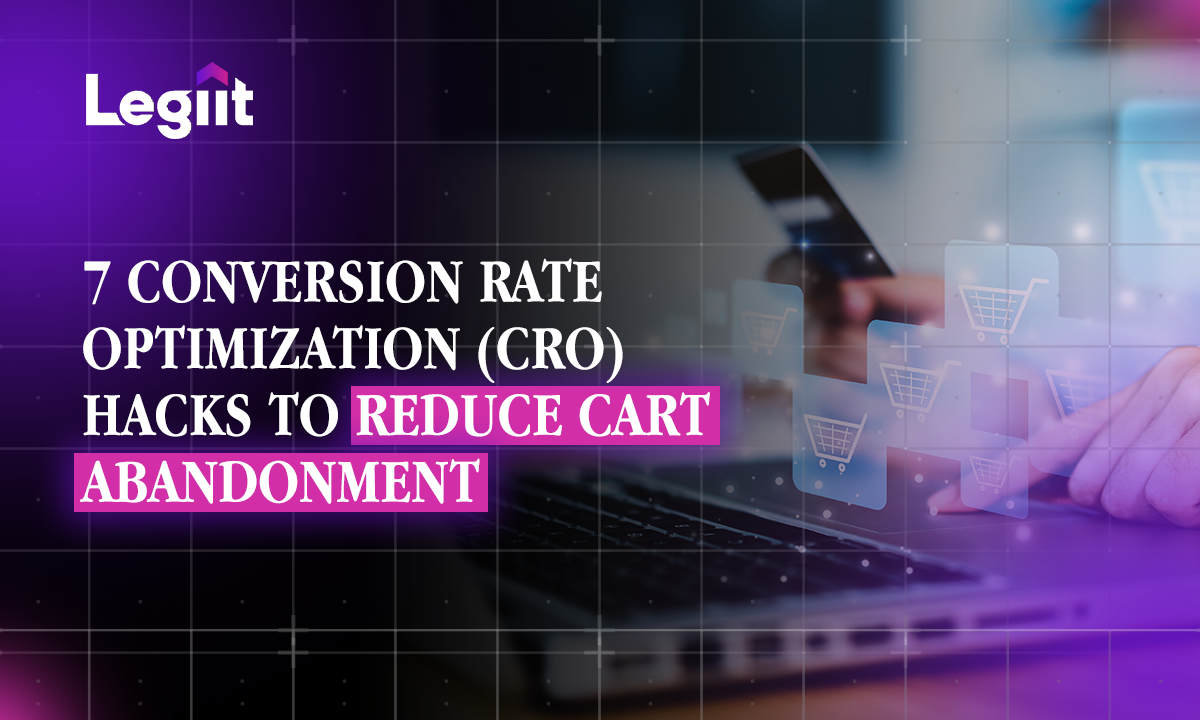Lazy loading for SEO is a popular technique that defers the loading of non-essential content until it's needed, improving page load times and user experience.
While it offers clear performance benefits, it also raises important questions about its impact on SEO. Since lazy loading delays the rendering of certain content, search engines may struggle to crawl and index it properly.
This has led to debates about how lazy loading affects a site's search engine visibility and ranking potential.
In this article, we’ll explore the lazy loading effects on SEO and how to implement it without harming your search performance.
Let’s get started.
What is Lazy Loading?
Lazy loading is a technique used in web development where certain elements of a webpage (such as images, videos, or other media) are not loaded until they are needed.
Instead of loading all content when the page first loads, lazy loading waits to load offscreen content until the user scrolls near it, or when it's required for interaction.
Common examples:
- Images that load as you scroll down a webpage
- Social media feeds that load more posts as you reach the bottom
- Product listings that fetch more items when needed
Lazy Loading Benefits for SEO
#1. Improved Page Speed
Without lazy loading, a page with many images (say, an e-commerce category page) might load 50+ images at once, taking 5-10 seconds. With lazy loading, the initial page load might only include 3-5 images, reducing load time to 1-2 seconds.
#2. Better User Experience
Lazy loading ensures that as users scroll through the page, content loads without unnecessary delays. This keeps users engaged, reducing the likelihood of them leaving the page due to slow loading times, which can improve dwell time—an important factor for SEO.
Since lazy loading helps speed up page loading, it’s particularly beneficial for mobile users, who often face slower connections. A better mobile experience is crucial, given Google’s mobile-first indexing.
#3. Optimized Resource Usage
Lazy loading minimizes the number of resources loaded upfront, conserving bandwidth. This is especially important for mobile users or those with slower internet speeds.
Search engines can focus on crawling the most relevant content first (such as text and images that appear above the fold), which may lead to better indexing of high-priority content.
#4. Lower Bounce Rates
By loading content incrementally as the user interacts with the page, lazy loading can lead to a faster, more fluid experience. Users are less likely to leave the site due to slow loading times, helping to reduce bounce rates and improving SEO metrics.
#5. Improved Core Web Vitals
Lazy loading helps improve LCP by prioritizing the rendering of content visible above the fold. Since LCP is a key factor in Google’s Core Web Vitals, improving it can positively impact your rankings.
By loading important content first and deferring non-essential elements, lazy loading can help improve FCP, which is another important performance metric for SEO.
#6. Optimized Crawling
Search engines will prioritize the loading of critical content, improving crawl efficiency. This is especially beneficial for sites with long pages or a lot of media that would otherwise require significant crawl time.
When implemented correctly, the SEO impact of lazy loading can be super beneficial. However, it’s important to ensure that search engines can access all content, so proper implementation and testing are key to maintaining its SEO benefits.
How To Implement Lazy Loading on Your Website
#1. Identify Content to Lazy Load
- Focus on below-the-fold content that is not necessary for initial page rendering
- Images, videos, iframes, and other media assets are prime candidates
- Avoid lazy loading critical content like hero sections, CTAs, and main content blocks

#3. Implement Progressive Image Loading
- Use a low-quality image placeholder while loading the full-quality version
- This provides a smooth transition and reduces the perceived loading time
#4. Lazy Load Third-Party Resources
- Lazy load scripts, fonts, and other third-party resources that are not critical for initial page load
- Use the async or defer attributes to load them asynchronously
#5. Ensure Search Engine Accessibility
- Make sure search engine crawlers can access all content, even if it's lazy loaded
- Use the noscript tag to provide fallback content for non-JavaScript browsers
- Validate your implementation using tools like Google Search Console and Lighthouse
#6. Monitor and Test Regularly
- Continuously monitor your website's performance and Core Web Vitals
- Use tools like WebPageTest, Lighthouse, and PageSpeed Insights to verify lazy loading is working as expected
- Test with different devices, network conditions, and browser configurations
#7. Optimize for Core Web Vitals
- Ensure your lazy loading implementation aligns with Google's Core Web Vitals metrics
- Focus on improving Largest Contentful Paint (LCP), First Input Delay (FID), and Cumulative Layout Shift (CLS)
Why is Lazy Loading a Smart Choice for SEO?
When you implement lazy loading, you can directly address several key Google ranking factors, including page speed, user experience, and mobile optimization.
This helps search engines better understand and index your website's content, leading to improved visibility and rankings.
The specific SEO benefits of lazy loading make it a smart and future-proof choice for website optimization.
















 Download
Download